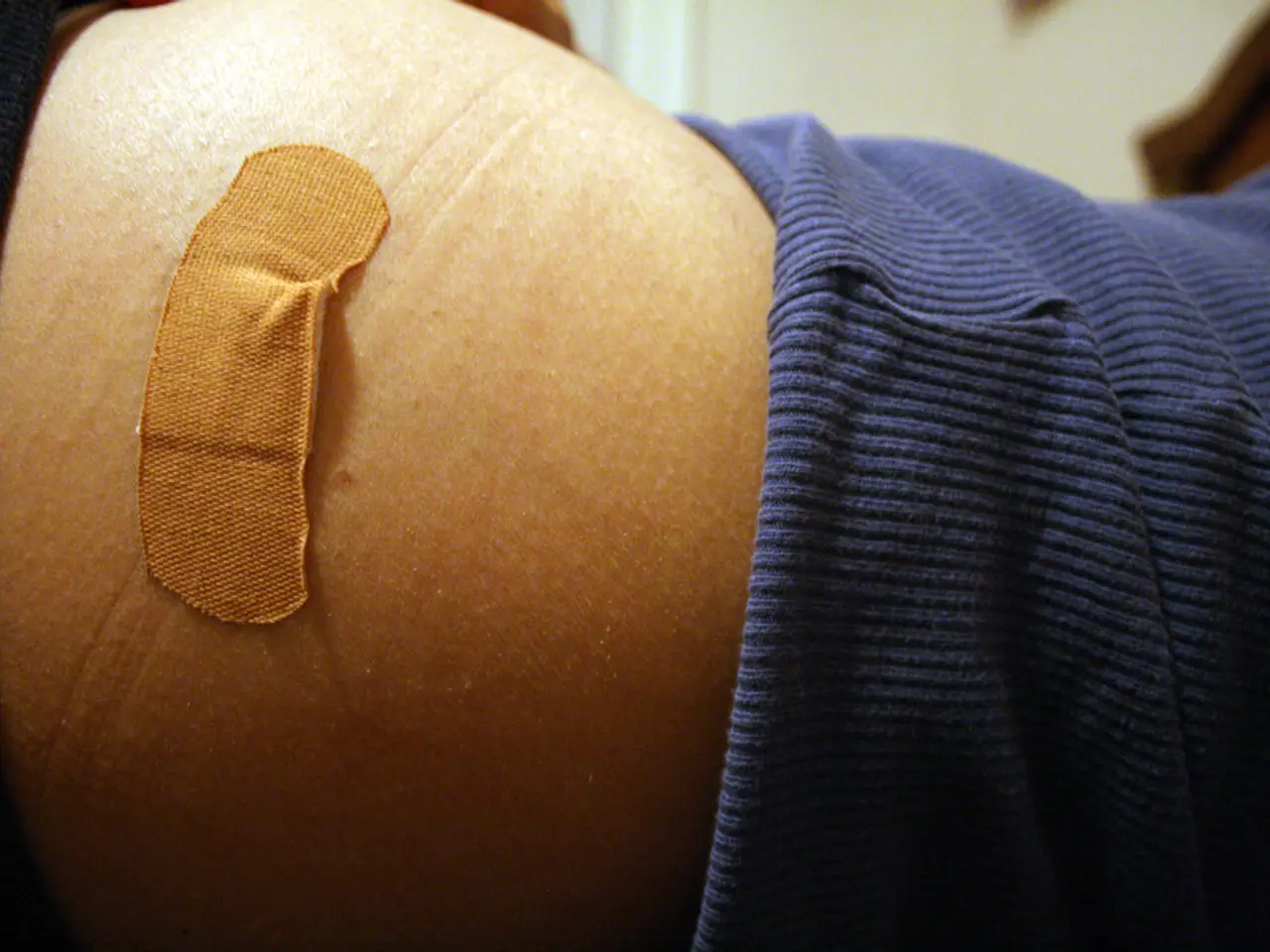Is the Safety of MRI Scans Guaranteed for Individuals With Pacemakers or Implanted Medical Equipment?
In the past, it was generally advised that patients with implanted cardiac devices such as pacemakers and defibrillators should avoid MRI scans due to potential risks. However, recent advancements have made it possible for some devices to be scanned safely.
The safety guidelines for MRI scans in patients with implanted cardiac devices like pacemakers or implantable cardioverter defibrillators (ICDs) depend primarily on whether the device is MRI-conditional or non-MRI conditional.
Modern MRI-conditional devices, such as certain pacemakers, ICDs, and CRT devices specifically designed to be safe in MRI environments, can be scanned with appropriate device reprogramming, patient monitoring, and adherence to manufacturer guidelines. The device must be programmed to an MRI “safe” mode before the scan, usually involving reprogramming to OOO mode (no pacing) for non-pacing-dependent patients or VOO mode (fixed-rate pacing) for pacing-dependent patients. A trained cardiac physiologist or cardiologist should perform this programming and record baseline device parameters beforehand. Continuous monitoring of the patient during the MRI scan is required to detect any adverse effects, and implantable cardiac monitors should be interrogated to save data before MRI, as the strong magnetic field can erase stored data. MRI should only be performed within the device manufacturer’s specific indications and guidelines.
On the other hand, non-MRI conditional devices, mostly older pacemakers and leads, present higher risks, and MRI is generally avoided unless absolutely necessary with extra precautions. If MRI is necessary, extreme precautions must be taken, including thorough risk-benefit assessment, specialized device programming, and close monitoring, although risks remain higher than with MRI-conditional devices.
It's essential to note that magnets influence device function intentionally; for instance, magnets placed over pacemakers cause fixed pacing while magnets over ICDs suspend shock delivery temporarily. This feature is often used clinically during procedures but requires caution during MRI and daily life. Varying magnetic fields in MRI can induce electrical currents in metal leads, potentially causing heating or nerve stimulation, though modern devices minimize ferromagnetic content to reduce this risk. MRI radiofrequency (RF) energy can cause heating effects; standardized safety measures and monitoring limit this risk to safe levels.
When getting an implanted device, it's crucial to keep the identification card that includes the manufacturer, model name, model number, website, and phone number. This information is vital for radiologists and cardiologists to determine whether and how to perform an MRI scan safely. If you're unsure about your device and don't have the identification card, it's essential to find out more about the device before proceeding with the MRI scan.
In summary, modern MRI-conditional cardiac devices can be safely scanned with appropriate device reprogramming, patient monitoring, and adherence to manufacturer guidelines. Older or non-conditional devices present higher risks, and MRI is generally avoided unless absolutely necessary with extra precautions. Coordination between cardiology and radiology teams is essential for safe MRI imaging in these patients.
Read also:
- Chest Pain Caused by Compressed Nerves: A Possibility Explored
- Hypothyroidism in Canines: A Comprehensive Look, Written by Catherine Barnette, DVM, and Reviewed by Emily Oliver, CVT on 07/31/2025. Published on 07/21/2023. Sharing options include Facebook, Twitter, Email, and Print.
- Can diabetic retinopathy be reversed?
- Estimated healthy life years for a Latvian: Not numerously abundant






